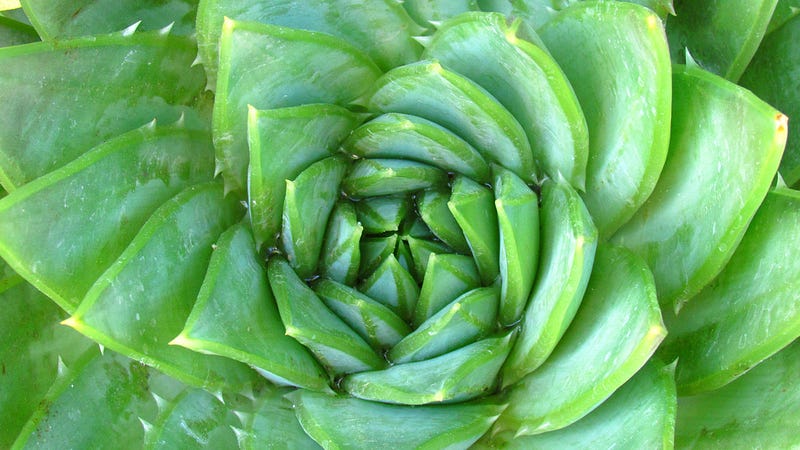The Ubiquity of Fibonacci
By Sage Kumar, Biology, 2023

1,1,2,3,5,8,13,21… It’s a list of numbers that most are likely well-acquainted with but haven’t seen since your first exposure to algebra: the Fibonacci sequence. This somewhat mystical pattern is more relevant to daily life than Algebra 1 had us believe. The reverberations of Leonardo of Pisa’s genius echo throughout math, music, and nature.
Leonardo of Pisa, who is posthumously referred to as Fibonacci, laid the groundwork for his namesake sequence in his 1202 book Liber abaci. The work educated the mathematical community on a new alternative to Roman numerals (the Hindu-Arabic numerals we use today), applied them to many economical and practical situations, and presented questions through speculative mathematics. The catalyst for the generation of the Fibonacci sequence was one of these questions: “A certain man put a pair of rabbits in a place surrounded on all sides by a wall. How many pairs of rabbits can be produced from that pair in a year if it is supposed that every month each pair begets a new pair from which the second month on becomes productive?” The total number of pairs present in each generation of rabbits and the order in which they are generated corresponds exactly to the function f(n) = f(n-1) + f(n-2).
In both nature and history, the Fibonacci sequence is mysteriously omnipresent. In the beginnings of Euclidean geometry, it pops up through its manifestation of the “Golden Mean” of Euclid and Aristotle. As the sequence progresses, the number produced by dividing f(n+1) by f(n) grows infinitely close to this golden number, phi: 1.618034. If we jump forward in time and observe the work of Leonardo da Vinci, we can find this Fibonacci derivative in the form of his Golden Ratio and its many appearances in his art and inventions.
In both nature and history, the Fibonacci sequence is mysteriously omnipresent.
The sequence and its derivatives crop up even more frequently in the natural world around us. Phi famously appears when observing the ratios and rate of expansion between the outside point of any spiral of a nautilus shell, the first inside spiral at one full rotation from the first given point, and the second inside spiral found 900 degrees from point one. This rotation pattern also yields fractals that align to form rectangles with areas that can be simplified to the numeric sequence of 1,1,2,3,5,8,13. The numbers found in the Fibonacci sequence are also frequently featured in plants. Sunflower seeds fan out in 55 clockwise spirals and 89 counterclockwise spirals. Pine cone seeds tend to fan out in eight clockwise spirals and 13 counterclockwise spirals, with the number of seeds in each spiral corresponding to another Fibonacci number. Petal arrangements in daisies, lilies, buttercups, and roses also follow a similar pattern but to a lesser scale.
The numbers of the Fibonacci sequence also transcend scale. The microtubules of mammalian cells that lend structural support and form the routes for other organelles to travel upon are comprised of either 13 or 21 columns of protein. Zoom out, and mammalian forelimbs are comprised of a series of bones following the sequence of 1, 2, and then three sets of 5 from the humerus to the phalanges (minus the thumb).
But why are this sequence and its associated ratios so prevalent? We have yet to come to a conclusive answer. Aesthetics, structural integrity, and intelligent design have all been offered as potential explanations to Fibonacci’s ubiquity but have yet to be verified. So for now, we’re left to simply enjoy and marvel at its products.